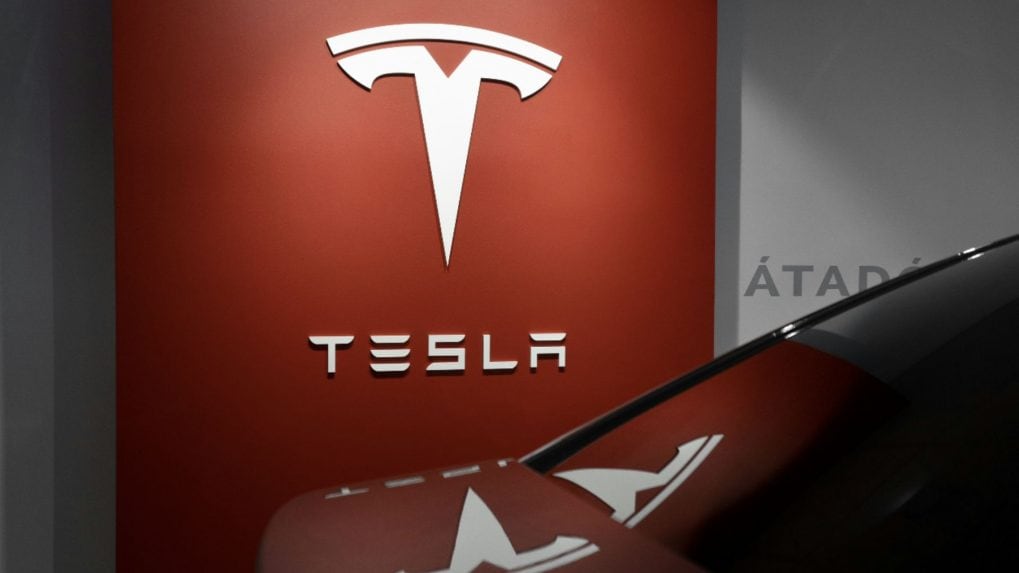Tesla set to begin Cybercab production in April as Musk targets driver-less future
Elon Musk appeared optimistic that regulatory barriers would fall as the technology becomes more common.
ADVERTISEMENT
Tesla will begin production of its much-hyped Cybercab — an autonomous electric vehicle without pedals, steering wheel or side mirrors — in April 2026 at its factory in Austin, Texas, CEO Elon Musk announced during the company’s shareholder meeting, as per a report by TechCrunch. The update came shortly after shareholders approved Musk’s record-breaking $1 trillion compensation package, the largest ever granted in corporate history.
The Cybercab, which Musk described as Tesla’s first car designed specifically for unsupervised full self-driving, is aimed at achieving the lowest possible cost per mile in autonomous mode. Production will take place entirely within Tesla’s Texas Gigafactory, marking what Musk called a pivotal step in the company’s journey towards a fully autonomous mobility ecosystem.
Tesla, however, has yet to prove that its self-driving technology can operate safely at scale without human supervision, despite years of promises and multiple delays in achieving full autonomy. Musk’s declaration also appears to contradict Tesla chairwoman Robyn Denholm’s recent remarks to Bloomberg, where she suggested the Cybercab would still feature a steering wheel and pedals as a backup. Tesla had previously considered manufacturing a dual-version model with manual controls but reportedly scrapped the idea in favour of a stripped-down, fully autonomous design.
Musk claimed the Cybercab’s manufacturing line would run on an unprecedented 10-second cycle time, a dramatic leap from the roughly one-minute cycle required for a Model Y. If achieved, this would allow Tesla to produce between two and three million Cybercabs annually, an output that could transform the company’s scale and production economics.
The Cybercab was first unveiled in October 2024 during Tesla’s “We, Robot” event at Warner Bros. Discovery Studios in California, where the company showcased its vision for a driverless robotaxi designed both for fleet operations and potential personal ownership. Since then, Tesla has quietly launched a limited robotaxi pilot service in parts of Austin, using Model Y SUVs equipped with an “unsupervised” version of its Full Self-Driving (FSD) software. These early trials include a Tesla employee sitting in the passenger seat as a safety observer.
Despite Musk’s confidence, deploying a vehicle without a steering wheel or pedals will require approval from US federal regulators, who have historically been cautious about allowing such vehicles on public roads. Musk appeared optimistic that regulatory barriers would fall as the technology becomes more common, expressing his belief that once Cybercabs become a visible presence in cities, opposition will naturally diminish.


